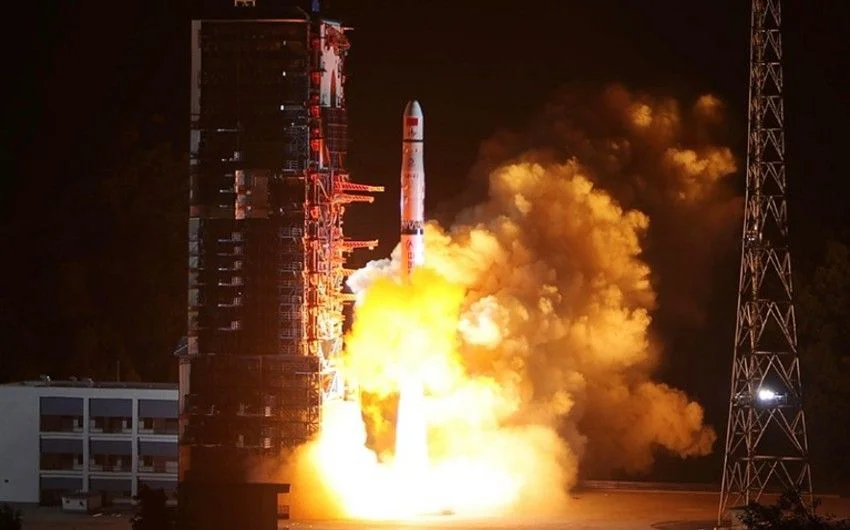
China’s Space Race: TJS-19 and Yaogan-40 (02) Satellites Launch Amidst Classified Missions
China continues its rapid expansion in space, launching two new sets of satellites, signaling advancements in both communication technology and classified military applications. The launches of the Tongxin Jishu Shiyan-19 (TJS-19) and the Yaogan-40 (02) group highlight China's growing capabilities and strategic ambitions in orbit. These missions, part of a busy week of launches, underscore China's commitment to becoming a dominant force in space.
On May 12, 2025, a Long March 3C rocket propelled the TJS-19 satellite into geosynchronous transfer orbit from the Xichang Satellite Launch Center. Described as a “communication technology experiment satellite,” the TJS-19 will reportedly be used for multi-band, high-speed satellite communication technology verification. Despite the seemingly benign description, Western analysts suspect the TJS series is involved in classified missions, including signals intelligence and early warning systems for the People’s Liberation Army (PLA). The launch follows a pattern of recent TJS missions, with China launching nine such satellites in the past year and a half. Notably, SAST mission patches often feature the Four Heavenly Kings, Buddhist deities guarding cardinal directions, hinting at the satellite's strategic role. The lack of detailed information fuels speculation about their true purpose.

Just a day earlier, on May 11, 2025, a Long March 6A rocket launched the Yaogan-40 (02) group of satellites from Taiyuan Satellite Launch Center. CASC stated the Yaogan-40 (02) satellites would be used for electromagnetic environment detection and related technical experiments. However, like the TJS series, the Yaogan satellites are believed to have military applications, including optical imaging, synthetic aperture radar (SAR), and electronic intelligence (ELINT). The near-polar orbit, similar to the Yaogan-40 (01) group launched in September 2023, further suggests a strategic surveillance role.

These launches are part of a broader, ambitious space program that includes meteorological, telecommunications, and navigation satellites, as well as lunar exploration and Mars sample return missions. China's space station, Tiangong, is also operational, serving as a hub for international collaboration. With a record-breaking 68 space launches in 2024, China is rapidly solidifying its position as a global space power.
The dual launches of the TJS-19 and Yaogan-40 (02) satellites raise questions about the balance between scientific advancement and military expansion in China's space program. Are these satellites primarily for communication testing and environmental monitoring, or do they represent a strategic augmentation of China's military capabilities in space?
What are your thoughts on China’s increasing activity in space? Leave a comment below and share your perspective.